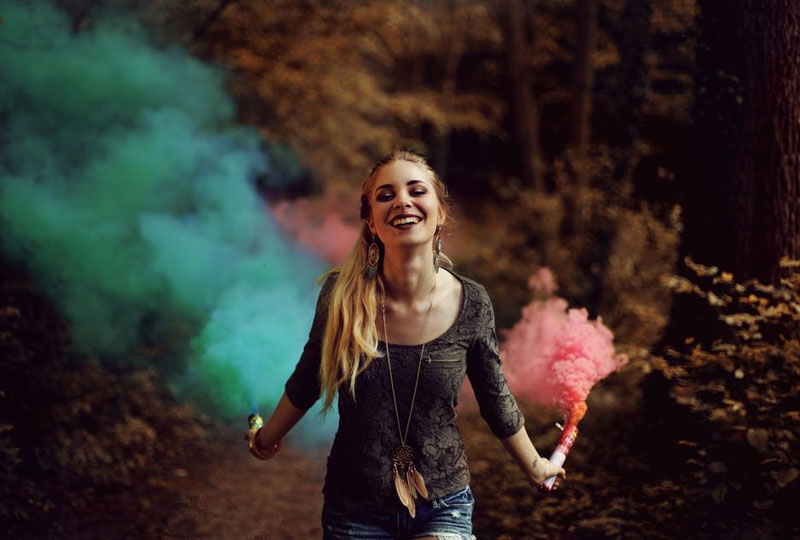3 Ways How Colors Have an Impact on Memory

Colors stimulate the brain. It enables the brain to learn easier and faster. Colors have a great impact on memory and using the right kind of colors can have a positive impact on an individual. There is a lot of interesting information that has been arising out of a number of researches and studies done on colors. This can be a great help in the field of mental health, academics and even marketing.
The three basic functions of the memory in simplified terms are attention, retention and recall. All these functions are interrelated and give specific response to stimuli such as color. Each color has a different wavelength and can each can impact the brain in various ways.

1. Improves Attention
According to psychologists, attention is a part of the cognitive process of the brain. Understanding how the memory responds to color and its implications can give ground breaking results in the field of medicine, education and so on.
When a stimulus in the form of particular color is presented before a person there is what the researchers call as ‘emotional arousal’ that happens. The impact of this on the memory depends on factors like background color, foreground color and the contrast between them. Red, yellow and orange are said to be warm colors that have greater impact on our attention. Cooler colors such and blue and green said to calm the emotions.
2. Retention
In layman’s term, the next step after attention is retention. Colors of contrast that evoke the attention of the brain may also help in retaining the information. The ability of the brain to retain information and its consequence is an area that needs more clarity and has been an area of interest for researchers. Use of colors with higher levels of contrast stimulates more attention and in turn enhances information retention. This can be done with triadic or complementary colors.
The brain is said to have two types of memory, namely, short term and long-term memory. Short term memory stores basic information such physical characteristic of certain stimuli. For example, when you see an apple the short-term memory can store information has to whether the apple is red or green, big or small. According to researcher’s information that is considered to be more important is transferred from the short-term memory to long term memory.
3. Long Term Recall
Recall is the ability of the brain to retrieve information that has already been stored in the brain. The cognitive process of attention, retention and recall is a complex subject. There are a number of factors that impact the stimuli and response. For example, color A sparks a person X’s attentions and hence enhances his memory performance. At the same time color B might trigger the interest of person Y. Hence factors affecting the impact of memory on colors could be numerable ranging from culture, emotional make up, social factors, age and so on.
In clinical intervention colors are used to treat learning disability, dyslexia, autism and depression. Patients with Alzheimer’s disease showed improvement in short term memory performance when certain color cues were used. Colors play an important part in academics too. When used in right proportions, it perked up the learning capabilities in students. The use of appropriate color schemes in learning map is said to increase learning efficiency in students.
In general, colors aid in memorizing, hence increase the attention span. However, colors need to be used wisely. Use of too many colors can be chaotic and the opposite can be uninteresting. To overcome this people using colors in various fields take the help of a color wheel. The color wheel is made up of different color schemes. Monochromatic, analogous, triadic are some of the traditional color schemes that are used. For an appealing effect, one has to use colors that result in color harmony. Analogous color scheme is said to create harmony.
To conclude colors are so much a part of our lives. In a sense colors are very personal. A combination of factors needs to be considered to get the right impact from colors. No two situations are the same and experimenting and evolving will result in the best use of colors.